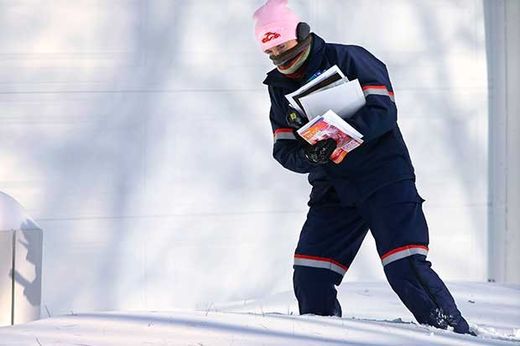Temperatures in many cities are expected to hit record lows, 30 to 50 degrees below typical averages. Thousands of flights have been cancelled, and schools across the country have been closed.
Jennifer Francis, a research professor with Rutgers University's Institute of Marine and Coastal Sciences, said that such extreme weather events can be caused by global warming. Despite the fact that the extreme weather is bitter cold in this case, warming of the arctic can have such an effect because it changes the flow of the jet stream. Sea ice melts, leaving more water surface area exposed to absorb sunlight, leading to further warming.
"Extra heat entering the vast expanses of open water that were once covered in ice is released back to the atmosphere in the fall," Francis said. "All that extra heat being deposited into the atmosphere cannot help but affect the weather, both locally and on a large scale."
The arctic is warming about twice as quickly as the rest of Earth, according to Francis, and this shrinking temperature difference slows down the jet stream. It then gets stuck, leaving weather patterns lingering longer than usual.
Yet a study by Colorado State Professor Elizabeth A. Barnes suggests that this explanation oversimplifies the impacts of Arctic warming, as well as the subsequent impacts on severe weather:
We conclude that the mechanism put forth by previous studies ... that amplified polar warming has led to the increased occurrence of slow-moving weather patterns and blocking episodes, appears unsupported by the observations.




Who knew they were THAT good anyway?!